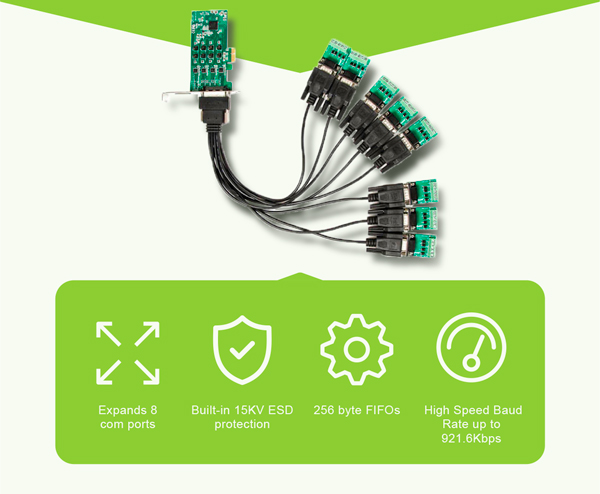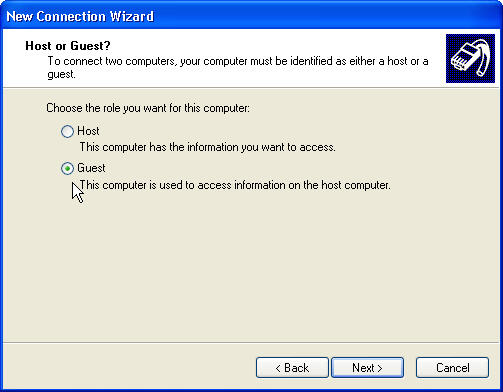Sep 18, 2019 Qnx rtos 6.6 serial numbers, cracks and keygens are presented here. No registration is needed. Just download and enjoy. Download Accelerator Plus 8.6.6.3 serial keygen: Divx Pro 6.6.1 key code generator: Yl Computing Winutilities 6.6 keymaker: Kerio Mailserver 6.6.0 keygen: Trojan Remover 6.6.7 serials generator. Failed exploit attempts will result in a denial of service. QNX Neutrino RTOS 6.3.2 and 6.3.0 are vulnerable; other versions may be affected as well. Rarlab Winrar 3.6.2.1 serial keys gen: Qnx Neutrino Rtos 6.2.1 key code generator. Melody-player 6.2.1 serial keygen: Tno Automotive Madymo 6.2.1 serial key gen.
Share Purchase Agreement EXHIBIT 10.1 SHARE PURCHASE AGREEMENT BY AND AMONG RESEARCH IN MOTION CORPORATION 2236008 ONTARIO INC. RESEARCH IN MOTION LIMITED AND HARMAN INTERNATIONAL INDUSTRIES, INCORPORATED HARMAN HOLDING GMBH & CO.
How do I compile googleTestLibrary on QNX 6.5.0? Ask Question 1. I want to compile google Test Library on QNX. But I did not success. Unable to boot QNX 6.5.0 on Beaglebone black board. What's is the easiest way to purchase a stock and hold it.
6 3 Keygen Qnx Stock Price
Depending on whether it's 6.2, 6.3 or 6.4 you will actually go about it in a different manner. 6.2 has 'Installer' or 'Install Software from QNX' in Photon, a GUI program that lets you download and install it kind of like Fedora's Pup, YaST or the likes. The command-line equivalent is cl-installer. 6.3 does not have the 6.2 package filesystem, but supports it if needed. On 6.3, the easiest way would be to get the 6.2's package from, unpack it (it's just a tarball) - you should be able to figure out which file goes where. 6.4 has support for pkgsrc which would be my preferred way of doing it there.
QNX have removed support for packages since version 6.4. This means that it is difficult to install SSH and SSL from the 3rd Party Applications CD, because the utilities required arent there anymore. It turns out their qpk file package is really just a tgz in disguise. So what you can do is untar the openssl and openssh packages. It will create a file structure like public/core-//opt All you need to do is copy all of the contents from /opt to /, and then add /opt/bin:/opt/sbin to your path, and /opt/lib to your LDLIBRARYPATH. Other things to note are:. your random number generator needs to be started (random -t).
you will need to set up a new /etc/openssh/sshdconfig if you want to use the server, I copied mine from a Ubuntu machine. You will need to generate keys, there is lots of information on doing this online From what I have read, QNX 6.4.1 should come pre-installed with ssh. I am yet to confirm this.
If you want to start a SSH server to transfer files easily. The SSH daemon (sshd) is already installed, but the 'configuration' is missing.
QNX
QNX is a real time operating system designed for critical tasks. Developed by QNX Software Systems it has a structure similar to UNIX and is compatible to POSIX. With an API Wrapper it supports software for Linux, the source code was opened by QNX partly. His strengths are the development of software, control of industrial roboters and embedded devices. By the real time ability of QNX the Neutrino Kernel allows with a pentium III the controlled reaction time (interrupt processing) of 0.55 µ sec in which events can be registered. For comparison purposes: Windows NT 4.0 and other time-sharing operating systems react to events only after approx. 10 ms. The GUI with the name photon was introduced for the first time in version QNX 4.x. Before the window manager was named 'QNX Windows' and 'X Windows'. Among other things the reaction behaviour of the GUI was improved.With the error tolerance, preemptive multitasking and the runtime memory protection it forms a stable base for many application purposes. Up till now the internet access with an ISDN card or a software modem is not supported yet. The simple user interface and low hardware requirements makes QNX interesting also for private use. For the private use QNX is free of charge usable and is ready for download on the QNX website. The also available QNX Moment Development Suite made it possible to develop applications for QNX.
QNX provided the Momentics Development Suite 2.2.0 with the operating system QNX Neutrino Kernel 6.3.0 for the evaluation on the website on June, 03. 2004. Till now, the new operating system can not downloaded separately. The use of the development software Momentics is restricted to a 30 day trial version. There also is a version for the installation of the Momentics IDE under Windows, Linux and Solaris. It contains a Clustering framework for the development of network based applications for transparent distributed processing. The software tools also were improved, Eclipse 2.1.2 and the GCC 3.3.1 are contained currently. QNX Neutrino supports now per default the representation of 3D pictures, multi-layer user interfaces and the view of the desktop on several monitors. The QNX Voyager Web browser supports SSL 3.0, HTML 4.01, XHTML 1.1, WAP 2.0, WML 1.3 and CSS now. This browser can scale and specify the website for small displays automatically. Now includet are the SCTP (stream control transmission Protocol), IP Filtering and NAT for networks.
The company QNX started to publish the source code of the QNX Neutrino Kernel over a Community portal of its own under a commercial licence in September 2007. Further components will follow that builds up on the QNX operating system. The release followed the source code for the implemented file systems FAT, EXT2, QNX4 and QNX6 as well as others in August 2008.
Field of application
- Embedded systems
- network area, internet client
- Development of applications with Photon Application Builder (PhAB)
- Engine control, Measuring data evaluation in real time
- Settop boxes
Structure information
- POSIX support
6.3 Keygen Qnx Operating System
 - Neutrino microkernel
- Neutrino microkernel - Protected memory areas
- preemptive multitasking
- Photon microGUI
System environment

- x86 processors, SMP up to 8 CPUs
- fs-QNX file system as image file on a FAT or own partition
| QNX Demo Disk, boot screen | QNX Demo Disk, demo license | QNX Demo Disk, Voyager web browser | QNX Demo Disk, context menu and animation |
| QNX Demo Disk, file browser | 6.0 - QNX Neutrino, setup screen of QNX under Windows | 6.0 - After the installation the GUI lets itself be seen in remarkable colours and windows | 6.0 - The menus for starting the programs are similar to these of Windows and BeOS |
| 6.0 - The file manager shows the directory structure typical of a UNIX | 6.0 - File menu in the Photon text program | 6.0 - settings for a dial up internet connection | 6.2.1 - QNX, Desktop view with welcome message |
| 6.2.1 - Software installer for QNX software | 6.2.1 - Photon file manager, UNIX related file hierarchy | 6.2.1 - Dialling process for Internet access | 6.2.1 - Internet browser of QNX |
| 6.2.1 - command line with root-directory and version | 6.2.1 - The context menu for the configuration of the graphic device, network and others | 6.3.0 - QNX, boot menu | 6.3.0 - Setting of the graphics display |
| 6.3.0 - Login screen | 6.3.0 - program bar, Mozilla browser | 6.3.0 - Photon file manager and console | 6.3.0 - Quiet of the computer |
| QNX 6.3.2, Boot menu before installation | QNX 6.3.2, Login screen | QNX 6.3.2, Standard desktop | QNX 6.3.2, Description |
| QNX 6.3.2, Program menu | QNX 6.3.2, Momentics IDE 4.0.1 | QNX 6.3.2, Photon File browser and Shell |
Versions
1983 - QNX beta
1984 - QNX 1.0
1987 - QNX 2.0
1989 - QNX 2.21
1990 - QNX 4.0
1994 - QNX 4.1
1995 - QNX 4.2
1996 - QNX 4.22
1996 - QNX 4.24
1996 - QNX Neutrino 1.0 (RTP)
1997 - QNX 4.25
1998 - QNX Neutrino 2.0 (RTP)
1999 - QNX Neutrino 2.10 (RTP)
2001 Jan. - QNX RTP 6.0, first time for private customers free of charge
2001 July - QNX RTP 6.1.0, improved SCSI and multimedia support
2002 June - QNX 6.2
2003 Feb. - QNX RTP 6.2.1
2004 June - QNX Neutrino 6.3.0
2006 Sept. - QNX Neutrino 6.3.2
2008 Aug. - QNX Software Development Platform 6.4.0